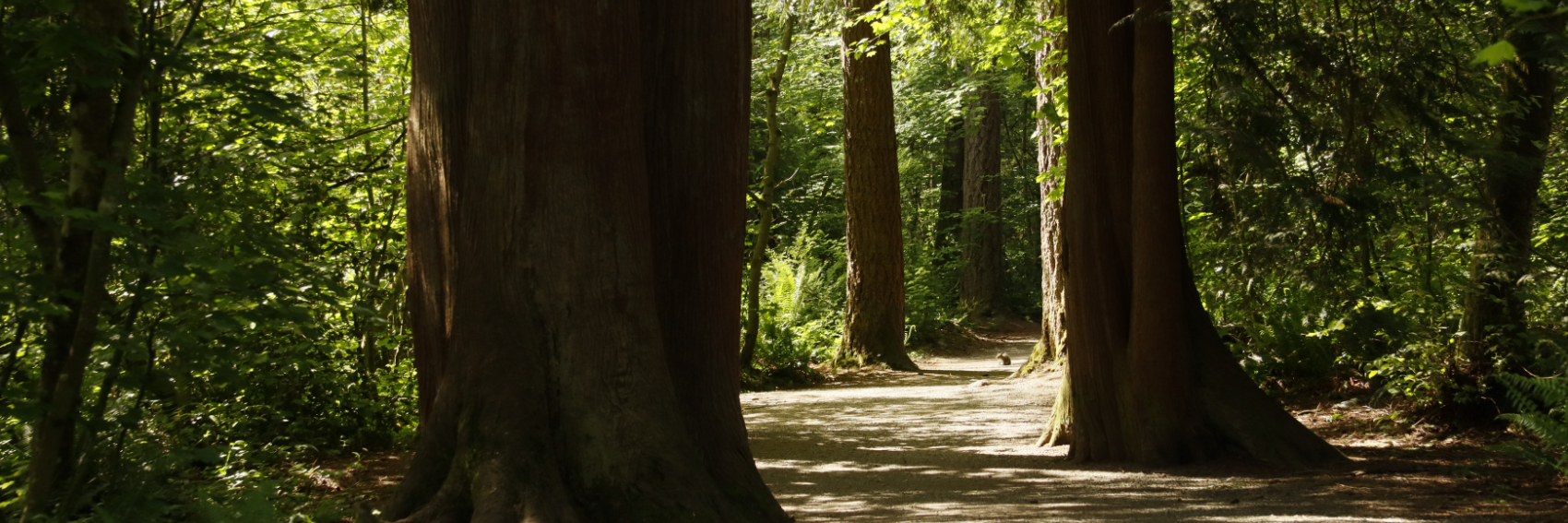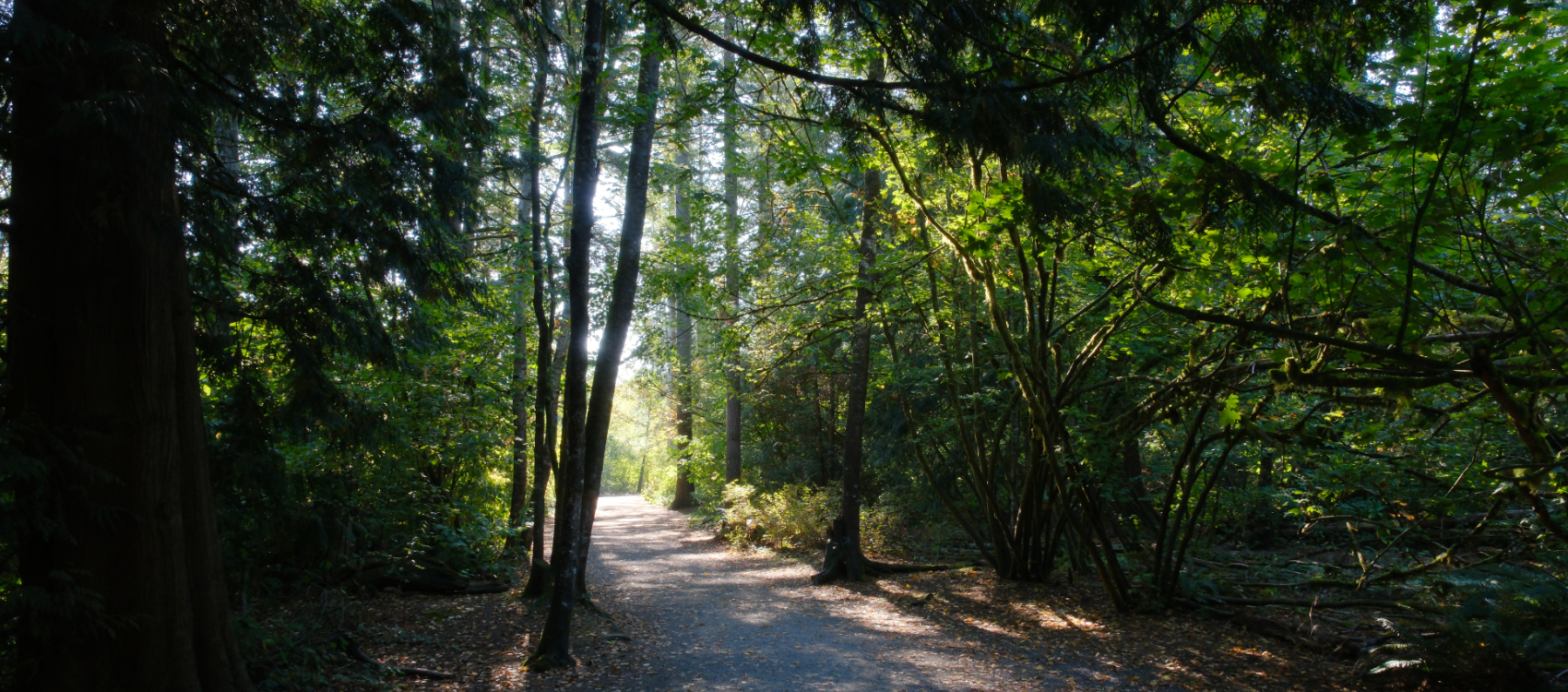Introduction:
Daily practice or self-cultivation is ancient, but it remains a potent and valuable tool. For many it is only a vague concept. Although there are infinite ways to understand and work with such a concept, it can be helpful to think of it simply as a time of honest and direct relationship with yourself.

In the daily readings on the home page of our website there are many references to self-cultivation practice. Whether you are new to the idea or not, we thought it might be of interest to read about one person’s experience (while keeping in mind this is only one of millions and millions of practices). You may find you’ve been practicing a form of self-cultivation without even knowing it.
Stepping into comprehension of someone’s daily practice would be like trying to understand another’s life by looking at a few photographs. At the same time, listening to moments within someone else’s journey can offer insight or inspiration, especially if you look at similarities rather than differences.
Part One: Words
My first self-cultivation practice consisted of daily reading. I came to equate the ancient wisdom teachings with pearls: the essence of wisdom which remains after everything non-essential has worn away. As one whose life path often felt more like an ongoing attempt to fit into the world, I started early and remain consistent.

This 3-line paragraph from our website May 12, 2024 is a good example of the type of daily reading. These truths have been written many times in different ways:
Give up all concepts, judgements and desires and your mind will grow naturally compassionate. The more we let go of what we love, the more present our love becomes. The clearer our insight into what is beyond good and evil, the more we can embody the good.
The 1st line was frustrating; it seemed confusing at best, impractical at worst and the 3rd line was completely inexplicable. I’m not sure when this perception changed. Now they read as kindly ancient voices whispering encouragement. My two examples deal with the 2nd line, which gets a little more specific. Letting go of what we love in order to be more present in our love can mean countless things depending on circumstances.

One of the most striking examples was realizing how much I loved my anger during teenage years and into my early 20s. Anger made me powerful in unhealthy ways, exhausting myself and everyone around me. Although the realization dawned gradually, the decision to let go of it came down to one “a-ha” moment. The moment is still clear to this day and, surprising everyone including me, it stuck. Underneath that anger there was vulnerability and fear (an ongoing project) but I would not have wanted to miss the ability to be present I gained; it was hidden by all that unhealthy anger.
Not all blocks to “being present in love” are overtly negative. One day, a long time ago, someone said, “You’re a romantic”. I said, “Oh, thank you.” The person responded, “That was not a compliment”. Somewhat taken aback, I read and pondered for ages until things finally cleared a bit. Maybe the negative part of being a romantic meant insisting the world be absolutely fair and kind. Not wanting to accept all of life, I was pushing away people, places and things that did not fit in with my narrow vision. I am still uncovering unrealistic, romantic illusions to this day, but those I’ve been able to let go of to this point have opened up something much better – being more present in real life with real people.

Part Two: Images
It’s been well over 10 years since I joined a public special-interest group on the internet centered on one subject – the art of a gifted woman who passed away in the late 1990s. Each day one of her paintings is posted. Over time the daily images evolved into mini journeys through her art from the 1970s through to the late 1990s. For example, the latest series featured paintings containing butterflies from April 24th to June 7th this year; before that it was dragons.

On the internet each day I spend time with the posted image and then write a few lines with my observations. It wasn’t unusual to be the only commenter for a long time because I knew the moderator appreciated the feedback, although others were obviously enjoying the images. Several years ago, another commenter took up the daily practice of writing her understanding of the artwork and how it affected her.

My fellow commentor writes beautifully, the following is her feedback on one of the paintings (shared with her permission). It illustrates the awareness that can come from daily practice: “This [image] brings such interesting meaning and revelations to my mind. The “savage power of nature” is sticking with me today. One could be frightened of this kind of power but for me [the artist’s] portrayal heightens its raw beauty and necessity.”
Recently, thinking about self-cultivation and daily practice, the impact of this online activity on my own psyche became apparent. As with all practice, it is easier understand it after you have experienced it. Also hard to describe is the integrity and beauty of this artist’s work, let alone the deep symbolism she was able to achieve.

What I can put into words is some of the take-away: Each day I come away from that internet exchange with a sense of appreciation, impelled and encouraged to keep working on acceptance of both light and dark in our world. This is something the ancients say is vital to inner contentment. If I’m not mistaken, it also connects with wisdom in the 3rd line of the May 12, 2024 example (see part 1): “The clearer our insight into what is beyond good and evil, the more we can embody the good.”
The funny thing about all of this is, I didn’t even realize this was a self-cultivation practice for the longest time. Who says daily practice needs to be “work”?
Part Three: Nature
A few years ago, I volunteered to care for the plants in our Strata courtyard without knowing much about it. Maybe it was fear of failing that rivetted my attention at first, but it changed to a genuine appreciation for all those little green living creatures. They continue to teach me so much more than how to take care of them.

The first two years of my volunteer work, our area had unusually hot and dry weather in spring, summer and fall. This meant every day for many months the plants needed attention and special care. Some were out of range of the hose, requiring lots of sweaty trips with watering cans.
At the very beginning of this venture, when most everyone was gone on holidays, the sun got so hot it burnt every single geranium flower to a crisp. After a panicked little meltdown and some internet research, I removed each of the burnt stalks and some leaves. They looked as defeated as I felt, but in the removing of the burnt portions, there was what I could only describe as a connection between us. It wasn’t too long before new stalks grew, producing their boldly colored, fragrant petals again. I was hooked.

The connection with the geranium proved to be a gateway to a different relationship with the plant world than I’d ever had, even though I lived close to nature much of my life. Maybe it was in conveyed through the touch. As the summer wore on plant care, such as plucking spent flowers and leaves here and there, was immensely satisfying. Interaction with our little green buddies provided a connection to something much larger, bringing life into perspective.

We started the Flower Power series on this website during the second summer of my new daily practice with plants. You can read ideas to include it in your daily practice here: Introduction to Flower Power , learn more about the scientific reasons for connection with plant life here: Flower Power Video and visit the gallery here: Flower Gallery.
Part Four:
Ham Radio Last fall I passed the exam to become a licensed Amateur Radio operator. Several months later, I started to check in with a daily “net”. For those unfamiliar with Amateur Radio (also called Ham Radio), a net is an organized “on-air” activity where a “net controller” takes radio contacts from operators, one at a time, as they briefly call in from their handheld, car or home-based radios to an agreed-upon radio frequency.

Nets range in size from small and localized up to including large geographical areas. Although there are different types of nets, many are designed as regular checks that radios are in working order and contact with others can be made in case of emergency (such as when cell phone, phone and internet coverage may be lost) as well as providing some socialization and fun.
Approximately 130 -150 people call in to this net each morning. Although I was still determined to do daily check-ins, it was kind of horrifying to discover within a short time that my participation brought up old insecurities. First, I’ve never been comfortable in groups and second, my public speaking skills leave much to be desired. I spent the first month, when alone, randomly yelling my 6-digit call sign so I say it without stumbling.

As the days went on and my discomfort grew, two things became clear: 1. the discomfort originated from ego, old beliefs and attitudes; 2. this net had become a part of my self-cultivation practice. Readings on ancient truths helped, such as this one from our website on April 19, 2024: “The practices of loving kindness, compassion and equanimity offer no promise of a happy ending. These practices are not about avoiding uncertainty and fear, but how we relate to discomfort. They teach us how to practice with everyday encounters and with our emotions.”
Gradually the voices of the people on the net grew louder than my insecurities. As I pin-pointed self-centered fears, they receded. I found, and continue to join in with, 130-150 friendly Ham radio operators wishing everyone well and sometimes relaying snippets from their lives (radio equipment advice, a local weather report, a trip to Costco). The dedication and tolerance these radio operators show each other is truly inspiring, especially as it is all volunteer-based and many of them have been participating for years.

Epilogue:
With 4 parts to daily practice, you’d think it would take a lot of time. It really doesn’t. It is easier some days than others to bring my whole attention to the practice, but that is the goal. As an unquestioned everyday habit on par with eating, sleeping and grooming, there is room for flexibility.

An ancient quote: “To attain knowledge, add things every day. To attain wisdom, remove things every day” summarizes my basic plan of action in a practical way. Without practical action, nothing changed. The process can be painful because by adding or gaining wisdom, what is often revealed is some aspect of my self-centeredness, ignorance or hubris which must be removed or let go. As time goes on it gets easier not to take myself so seriously and the process is much less dramatic. The sense of freedom is exquisite.
